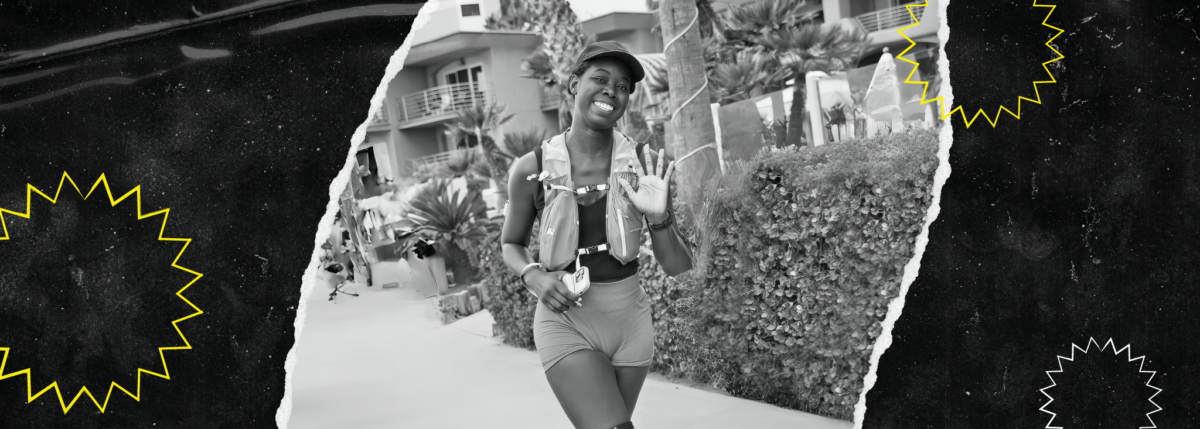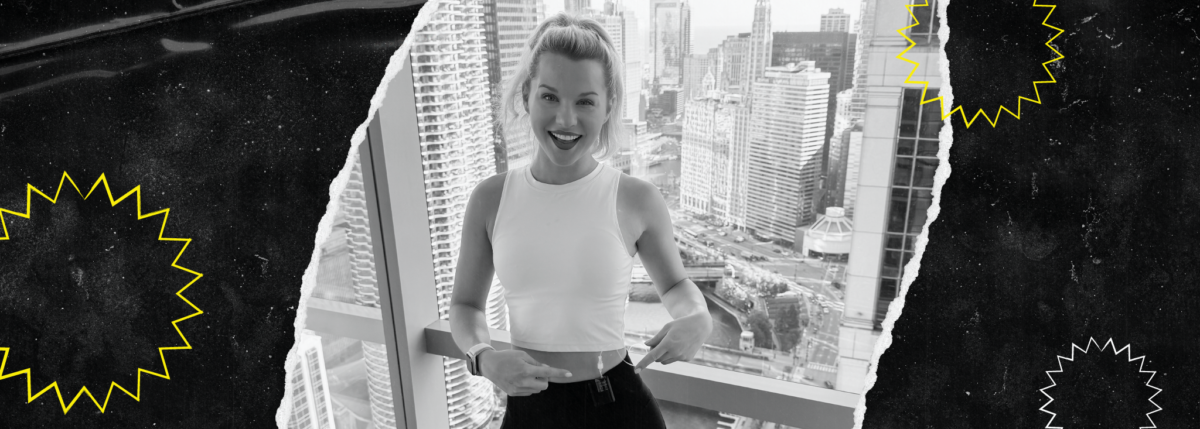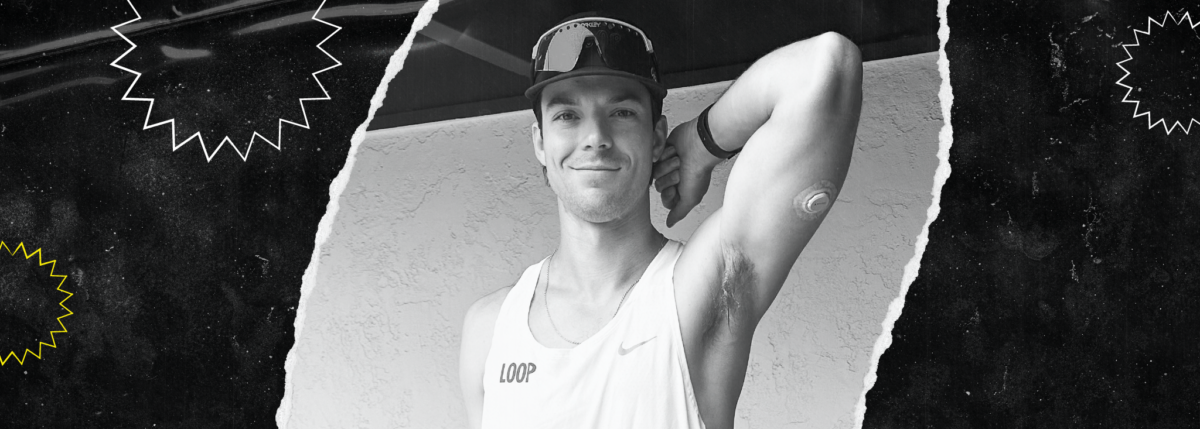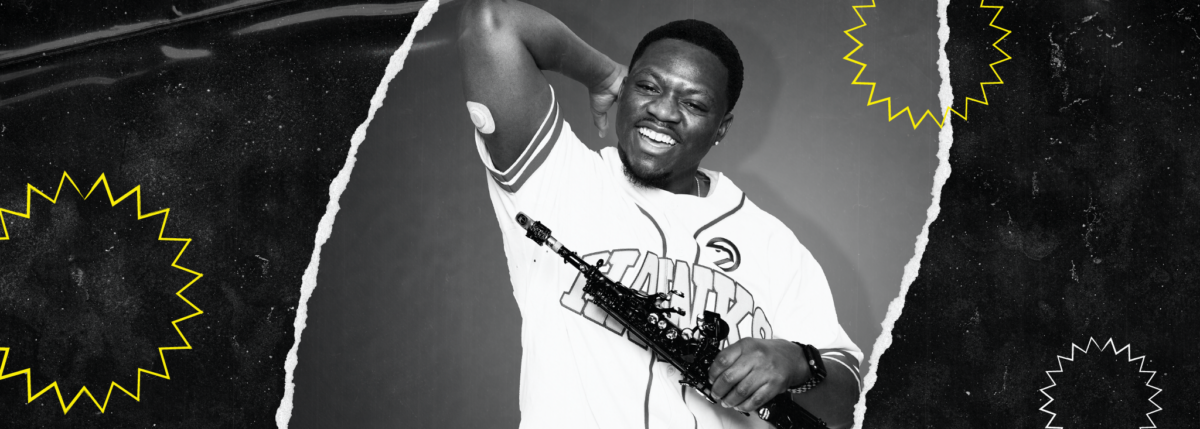Diabetes Distress: The Emotional Cost of Living with Chronic Illness
Written by: Evan Soroka, E-RYT 500, C-IAYT
4 minute read
February 7, 2018
If you live with type 1 diabetes or any other form of chronic illness, you understand exactly what it feels like to hear the word "distress." Sometimes it can be so overwhelming, and the lingering consequences so great, that it can seem like there's no escape. It's this distress that lies at the root of all suffering for those with type 1 diabetes, but it's also the entry point to finally breaking the cycle of negativity and reactivity.
It is no secret that living with type 1 diabetes can be challenging for even the strongest of dispositions. Life is trying no matter if you have chronic illness or not but the added pressure of a variable like type 1 diabetes makes life’s aggravations even more challenging to bear. Stress impacts the individual at every level (physically, cognitively and emotionally) and for the person with type 1 diabetes, high levels of stress can be incredibly detrimental, not only making it harder to manage blood sugar levels but also rendering the individual sad, hopeless and overwhelmed. This article aims to inspire other people with type 1 diabetes to work regularly on managing the symptoms of emotional distress through yoga therapy techniques, physical exercise and improved self-awareness. The goal is to be less affected by stress, become more conscious of stress triggers and to detoxify the mind of its learned habitual reactivity with an ultimate aim to live healthy, happy and productive lives.
Depression: is it really clinical or an underlaying symptom of stress?
There are significant research studies correlating type 1 diabetes to depression, claiming that people with type 1 diabetes (T1Ds) are nearly 50 percent more likely to be diagnosed with a form of depression than non-diabetics (Beyond Type 1). However in a recent UK study, this claim has been further examined and scientists are now suggesting that there is a distinction between emotional distress from managing chronic illness and an actual mental disorder. This emotional distress is known as “diabetes distress” (DD). If you live with type 1 diabetes or any other form of chronic illness you understand exactly what the word “distress” feels like. At times it can be so overwhelming and the lingering aftermath so great, it can seem like there is no way out. It is this distress that is at the root of all suffering for those with type 1, but also the entry point to eventually breaking the cycle of negativity and reactivity.
The mind at the root of suffering
Have you ever heard that you create your own reality? The mind is at the root of understanding and managing the stress response. Often it is the reaction to the stress that is more detrimental than the stressors themselves, especially if self-created. The mind is the filter to all of our experiences, past, present and future. If that filter is corroded or tainted due to negative past impressions then our present moment will reflect this tainted point of view and the future will be muddled by a cloud of self doubt and darkness. It’s like if you go to a restaurant and have a bad experience; it would probably take many more positive experiences at that same restaurant to get over the one bad experience. This is what it is like living with chronic illness except you can’t pick a better restaurant to go to. This is what is for dinner. So what are the options? You can choose to live with anger, resentment and reactivity or you can choose to do something about it.
How to begin …
The first step in the process of applying yoga therapy for those with type 1 diabetes to transform how you feel in your body right now. It is no wonder that people with type 1 diabetes (T1D) are athletes. Movement can reduce physical tension associated with emotional tension. Physical activity such as yoga poses can increase insulin sensitivity and improve circulation. However, limiting the focus on the physical body to treat stress simply puts a band-aid on the origin of the stress itself. To truly create long lasting change, one must influence the mind.
So the second step is to strengthen the mind. The doorway to shift the mind is respiration. You cannot control every detail of type 1 diabetes but your breath is something that you can control. The quality of the breath directly relates to the quality of the mind; i.e. tension and strain in breathing are often indicative of the same qualities in the mind. These tensions can be conscious or unconscious but with regular practice you begin to make the unconscious conscious.
This is a process known as viveka or clear seeing. Through the regulation of breath one can regulate the autonomic nervous system’s response to stress. When the nervous system is in balance you are less driven by your emotions, your behavior improves and you can link to sources of inspiration and joy. Breathing is a discipline onto itself which can be refined with breath-centric yoga movements, pranayama (lengthening inhale, exhale or both); with chanting, meditation and mantra one can develop his or her resiliency and adaptability to stress.
[youtube id=”Oi08sAV-jyE” height=”480″ width=”800″ align=”left”]
Check out this short practice on how to improve your mental clarity.
The third step is putting the work into action. The sooner you recognize your mechanism of reactivity the less time it takes for you to return to a state of balance.
When your emotions are balanced you can observe the constant fluctuations of blood sugars and nagging alarms without getting caught up in the drama. The greatest example I have of this is encountering a severe hypoglycemic episode. Yoga teaches us to observe ourselves from outside ourselves. When you are suffering from a low blood sugar, the body goes into complete survival mode. All reason goes out the window and you would do just about anything to get that box of juice or handful of glucose tabs in your mouth. When I was younger and lacking discipline, I would reach for the box of cereal and one bowl would turn into four. Being utterly possessed by the primal instinct of survival, I could not limit myself to one bowl and wait until I felt better. Instead I would find myself at 400 ml/dl a few hours later. Now with practice and refinement, I can treat my low and abide in the uncomfortable 15 minutes of sensations and visceral survival mode without over reacting.
This example can be applied to so many instances of life with type 1 diabetes, from staggering health insurance premiums, to uncomfortable insulin pumps, continuous glucose monitors (CGMs) and needles, to communicating with non-T1Ds, to your own self-forgiveness for not bolusing correctly for your meal. Yoga therapy can be an effective and powerful tool for people with type 1 diabetes to apply a positive influence over their unpredictable disease. Ultimately to treat type 1 diabetes with yoga therapy, there is no specific posture or sequence. It depends on the individual and their current level of diabetic distress and coping mechanisms. With regular practice and dedication to yoga therapy, you can live a more balanced, spacious and joyful existence in relationship to your disease and the world around you.

Author
Evan Soroka, E-RYT 500, C-IAYT
As a trained Viniyoga™ therapist Evan specializes in the clinical application of yoga therapy, empowering individuals to improve their health and wellbeing through the practices of yoga. Diagnosed with type 1 diabetes in adolescence Evan began her journey with yoga at an early age in an attempt to resolve the difficult emotional and physical side effects caused by chronic illness. Her greatest struggle has become her life’s work and passion. She attributes her own health and wellbeing to the science of yoga therapy discovered through her journey with type 1 diabetes, her personal yoga practice and the guidance of her masterful teachers. You can find more about Evan at: (http://www.evansoroka.com) (http://www.instagram.com/diabeticyogini).
Related Resources

Danica Collins not only prepared for one of the most challenging physical events of her...
Read more

Beyond Type 1 is spotlighting inspiring athletes with type 1 diabetes as they prepare for...
Read more

On November 3, 2024, Taylor Rindfleisch of Chicago laced up her running shoes for the...
Read more

